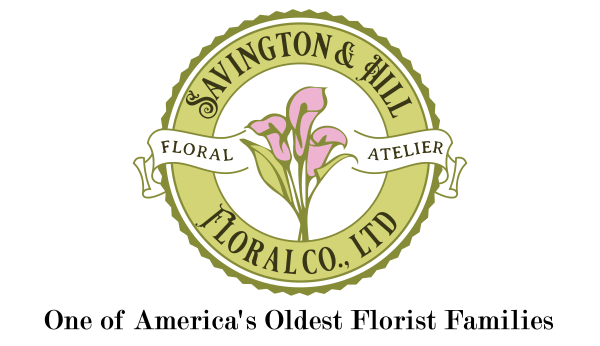Carnations are one of the most maligned of cut flowers. Due to their plentiful abundance before the years of flower farms shipping a plethora of blooms all around the world, carnations were in practically every arrangement received in America for generations. Many people associate their heady scent with funerals due to this fact. Many find them tacky or too utilitarian. When I meet a person who likes carnations--much less one who requests them--it's a surprise.
The most common often heard complaint is that they're "cheap" flowers. Of course, one cannot deny that carnations are sturdy and long-lasting, which makes them cost effective for growers to produce and ship in bulk. This isn't necessarily a bad quality--the fact that carnations are sturdy also means that they have a higher chance of arriving from abroad in good condition than a more delicate flower, like a ranunculus, does.
So called ‘high-end” flowers like ranunculus, peonies and Japanese sweet peas, are deemed lavish. A restaurant that regularly fills its tables with poppies and sweet peas signals that it can afford to replace those flowers throughout the week. Huge over-the-top wedding installations full of gardenias and garden roses feel opulent because we know they won't last until tomorrow--and it doesn't matter. It's the floral equivalent of designer shoes you only wear once.
A carnation is like an old friend; comfortable and reliable. It’s a flower that lives with you for a while. Carnations have been known to last months not days. Their petals are soft and ruffled almost like a peony's--but without a peony's tendency to dissolve into what I affectionately call "sad wet tissue paper state". Some carnations have more jagged edges to their petals while some are more rounded. And the array of colors available is simply astounding.
I'm not one for dyed flowers which includes carnations, but carnations naturally come in every color of the rainbow except blue; within that color wheel, there are so many gradations that I feel like I'm constantly discovering new ones. Delicate blush or champagne. Rich burgundy. Pistachio green. All of them ruffled and delicately scented and ready for weeks of enjoyment.
It's entirely possible that I've only come to enjoy carnations so much because nobody else likes them. But carnations also remind me that beautiful things don't have to be fragile. They don't have to be inaccessible or expensive. You can find them in grocery stores and in showstopping displays--anywhere, in short, that you decide to look for them.

